Research Projects
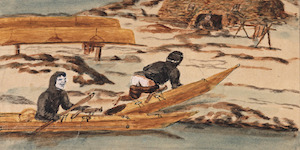 Art Through Denmark
Art Through Denmark
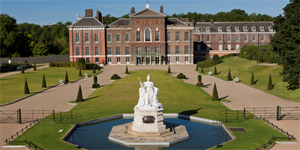 Victoria's Self-Fashioning: curating the royal image for dynasty, nation and empire
Victoria's Self-Fashioning: curating the royal image for dynasty, nation and empire
Victoria's Self-Fashioning was a collaboration between Historic Royal Palaces and University of Warwick, funded by an AHRC Research Networking Grant. This research project examined Queen Victoria’s role in the fashioning of her own image, and the consequences of this for monarchy, nation, and empire from the nineteenth century to the present.
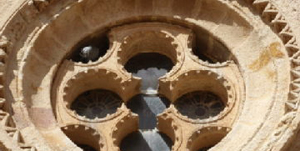 Petrifying Wealth
Petrifying Wealth
Petrifying Wealth, funded by the ERC, seeks to rewrite the social history of the central Middle Ages, emphasizing the need to reassess from an untried perspective an element that has always been present in our vision of the medieval period — the sudden ubiquity of masonry construction. This project seeks to offer novel explanations to previously unasked questions about wealth, building, and collective identity.
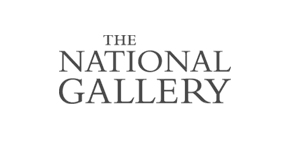 Navigating the Canals
Navigating the Canals
Despite the impressive scholarly attention that the Venice of the Renaissance has commanded, there is as yet no overarching study devoted to the challenges posed by the city’s unique physical and geographical environment on the manufacture and delivery of paintings, particularly large scale, in the lagoon city. This doctoral project investigates two aspects of this problem...
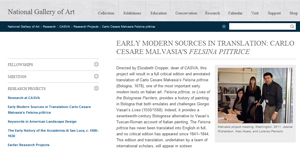 Early Modern Sources in Translation: Carlo Cesare Malvasia's Felsina pittrice
Early Modern Sources in Translation: Carlo Cesare Malvasia's Felsina pittrice
This project will result in a full critical edition and annotated translation of Carlo Cesare Malvasia’s Felsina pittrice (Bologna, 1678), one of the most important early modern texts on Italian art. Felsina pittrice, or Lives of the Bolognese Painters, provides a history of painting in Bologna that both emulates and challenges Giorgio Vasari’s Lives (1550/1568).
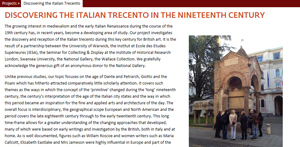 Discovering the Italian Trecento in the Nineteenth Century
Discovering the Italian Trecento in the Nineteenth Century
The growing interest in medievalism and the early Italian Renaissance during the course of the 19th century has, in recent years, become a developing area of study. Our project investigates the discovery and reception of the Italian trecento during this key century for British art. It is the result of a partnership between the University of Warwick, IESA, the Seminar for Collecting & Display at the Institute of Historical Research London, Swansea University, the National Gallery, the Wallace Collection.
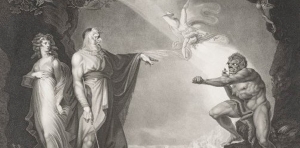 Boydell's Vision: The Shakespeare Gallery in the Eighteenth Century
Boydell's Vision: The Shakespeare Gallery in the Eighteenth Century
“Boydell’s Vision was an exhibition held at Compton Verney to mark the 400th anniversary of Shakespeare’s death. It explored the history of John Boydell’s Shakespeare Gallery which opened in 1789 on Pall Mall, demonstrating how the Gallery used Shakespeare’s works as a vehicle for the development of a national form of history painting.”
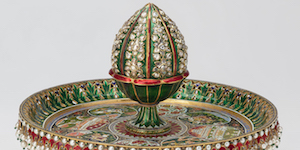 The Colonial Object
The Colonial Object
In 2016 and 2017, the department hosted two visits from Professor Mårten Snickare (University of Stockholm), the leading expert on early modern art and Swedish colonialism. His presence led to a number of events, including a seminar comparing British and Nordic colonial cultures, and a workshop addressing the movement of objects in Danish, British, Swedish, Dutch and Arctic contexts.
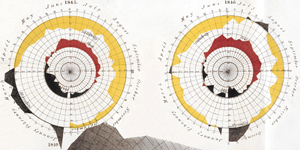 Art, Air and Illness
Art, Air and Illness
The exhibition looks at how we perceive and experience the impact of the environment on human health culturally, socially, and through the very air we breathe. Showcasing a range of rare archival maps, weather charts, historic meteorological texts, and public health photographs on loan from the National Meteorological Library and Archive and Coventry History Centre, alongside new works.
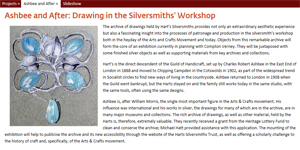 Ashbee and After: Drawing in the Silversmiths’ Workshop
Ashbee and After: Drawing in the Silversmiths’ Workshop
The archive of drawings held by Hart’s Silversmiths provides not only an extraordinary aesthetic experience but also a fascinating insight into the processes of patronage and production in the silversmith’s workshop both in the heyday of the Arts and Crafts Movement and today. Objects from this remarkable archive will form the core of an exhibition currently in planning with Compton Verney.
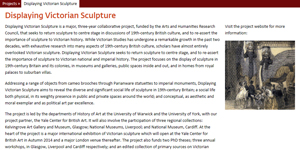 Displaying Victorian Sculpture
Displaying Victorian Sculpture
Displaying Victorian Sculpture is a major, three-year collaborative project, funded by the Arts and Humanities Research Council, that seeks to return sculpture to centre stage in discussions of 19th-century British culture, and to re-assert the importance of sculpture to Victorian history.
Archives
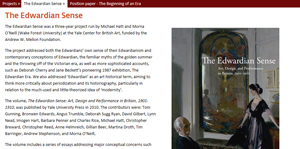 The Edwardian Sense
The Edwardian Sense
The Edwardian Sense was a three-year project run by Michael Hatt and Morna O’Neill (Wake Forest University) at the Yale Center for British Art, funded by the Andrew W. Mellon Foundation. The project addressed both the Edwardians’ own sense of their Edwardianism and contemporary conceptions of Edwardian, the familiar myths of the golden summer and the throwing off of the Victorian era...
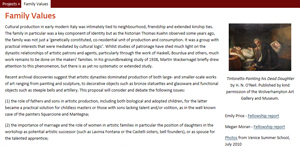 Family Values
Family Values
Cultural production in early modern Italy was intimately tied to neighbourhood, friendship and extended kinship ties. The family in particular was a key component of identity but as the historian Thomas Kuehn observed some years ago, the family was not just a ‘genetically constituted, co-residential unit of production and consumption. It was a group with practical interests that were mediated by cultural logic’...
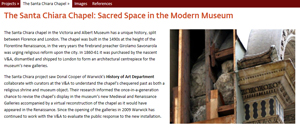 The Santa Chiara Chapel: Sacred Space in the Modern Museum
The Santa Chiara Chapel: Sacred Space in the Modern Museum
The Santa Chiara project saw Donal Cooper collaborate with curators at the V&A to understand the chequered past of the Santa Chiara Chapel as both a religious shrine and museum object. Their research informed the once-in-a-generation chance to revise the chapel’s display in the museum’s new Medieval and Renaissance Galleries accompanied by a virtual reconstruction of the chapel as it would have appeared in the Renaissance.
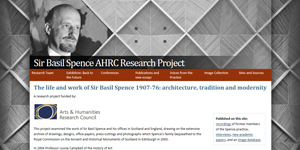 The Life and Works of Sir Basil Spence 1907-76: architecture, tradition and modernity
The Life and Works of Sir Basil Spence 1907-76: architecture, tradition and modernity
This project examined the work of Sir Basil Spence and his offices in Scotland and England, drawing on the extensive archive of drawings, designs, office papers, press-cuttings and photographs which Spence’s family bequeathed to the Royal Commission on the Ancient and Historical Monuments of Scotland in Edinburgh in 2003.
